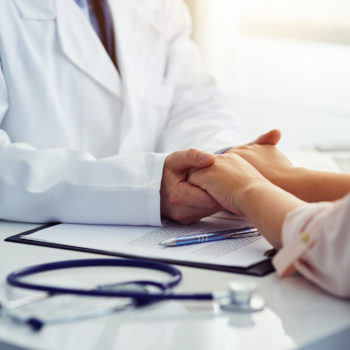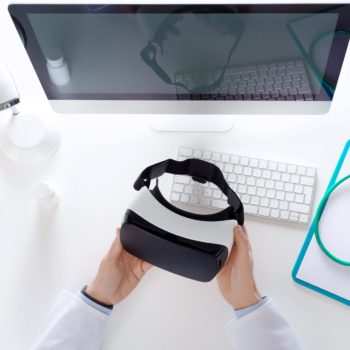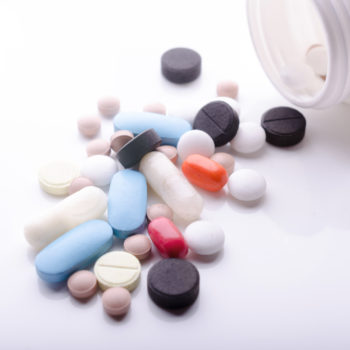5G will not only be a revolution for telecommunications; it will also open a new season for healthcare, thanks to the strengths of this technology: capacity, system response speed and customization. In addition to the impact on treatment, it will also benefit the sustainability of the National Health Service, which is suffering from the cost of an aging population and the growing incidence of chronic diseases.
5G: faster and more complex services
Recovering functionalities after a stroke through virtual reality; interacting with infants housed in incubators; monitoring the convalescence period with intelligent wearable devices. These are some of the potentials of the fifth generation mobile network. With telemedicine it will be possible to remotely control patients at risk, because with the 5G infrastructure, the use of artificial intelligence software that analyses patient data in real time is easier and more reliable. Intelligent instrumentation and algorithms based on large data sets cannot, in fact, rely on the fragile nature of 4G networks or on domestic bandwidth. 5G technology will be a breakthrough in healthcare not only because it will provide much more bandwidth and speed than today, but because it will be able to handle much more complex services.
Telemedicine, virtual reality and remote interventions
According to a study by Future Market Research, the telemedicine market is expected to grow at an annual rate of 16.5% by 2023. Moreover, according to experts, the greater capacity of 5G compared to current wireless networks will allow, thanks to the very short response times, to really carry out telesurgery. According to local sources, the first ones to try were the Chinese: last January a surgeon removed the liver of a laboratory animal about 50 km away using the robot da Vinci and the 5G network; in March, in a Beijing hospital, a brain surgery was performed on a patient 3000 km away. The 5G network has solved problems such as the delay of the image and remote control experienced with the 4G network, ensuring almost real-time operation, which limits the possibility of errors and allows the surgeon to work as if he were actually in the same environment. But there will also be advantages for diagnostics, as Pet, magnetic resonance imaging and other imaging techniques generate files that are difficult to send to a specialist today, while with the 5G, as soon as the examination is complete, the diagnostic analysis can begin immediately.
More than 10 billion euros of investment in Italy
In Italy, among the first services available with the 5G, there will be home medical care and telemedicine. According to the Italian Digital Agenda, eHealth services will see an increase in public funding from 2 to 7.8 billion euros, to reach a total commitment of almost 10.2 billion in 2020. In Milan, for patients suffering from heart failure, Vodafone with the Istituto Clinico Humanitas, the startup L.I.F.E. and the technology company Exprivia Italtel, launched a project of IOMT (Internet of medial things) to monitor the state of health in real time from home thanks to 5G and clothing with continuously active sensors. Also in Milan, Vodafone with the San Raffaele Hospital, the Red Cross and the Regional Emergency Agency (Areu) is experimenting with a connected 5G ambulance, equipped with smart glasses and artificial intelligence designed especially for people affected by stroke to ensure the rescue in the shortest possible time. In the south, a first telemedicine trial for remote diagnosis and remote monitoring of vital parameters of oncology and hematology patients was launched in the hematology and cell therapy department of Ircss Giovanni Paolo II in Bari. The home care model reduces access to the hospital to a minimum, if not eliminates it, while a mobile unit has been set up on a van equipped and connected in 5G for the controls: the nurses take the medical instruments to the patient’s home for the necessary examinations and, from the van itself, the results are transmitted to the hospital.








